- Good value
- Excellent aftersales
- Updated styling
- No digital speedo
- Thirsty engine
- Driving position
The Mitsubishi ASX has been in the Australian market since 2010 and has had slight updates to keep it fresh and relevant in the ever-popular small SUV market. Despite its age, the ASX is a sales phenomenon in Australia and still sells thousands each month. For 2020, Mitsubishi have given the humble ASX its biggest update yet with new variants, a new face and new safety features. We tested the new 2020 Mitsubishi ASX GSR to see if the ASX has aged well or if it’s time to consider other options.
Price & Specs:
The 2020 Mitsubishi ASX range kicks off at $24,990 drive away with the manual ES, but you can spend up to $35,990 drive away on the top-spec Exceed. Standard features across the ASX range including 18-inch alloy wheels, auto emergency braking (AEB), climate control, cruise control, LED headlights, an 8.0-inch touch screen with Apple CarPlay and Android Auto, a reversing camera, digital radio, auto-folding mirrors and a leather steering wheel.
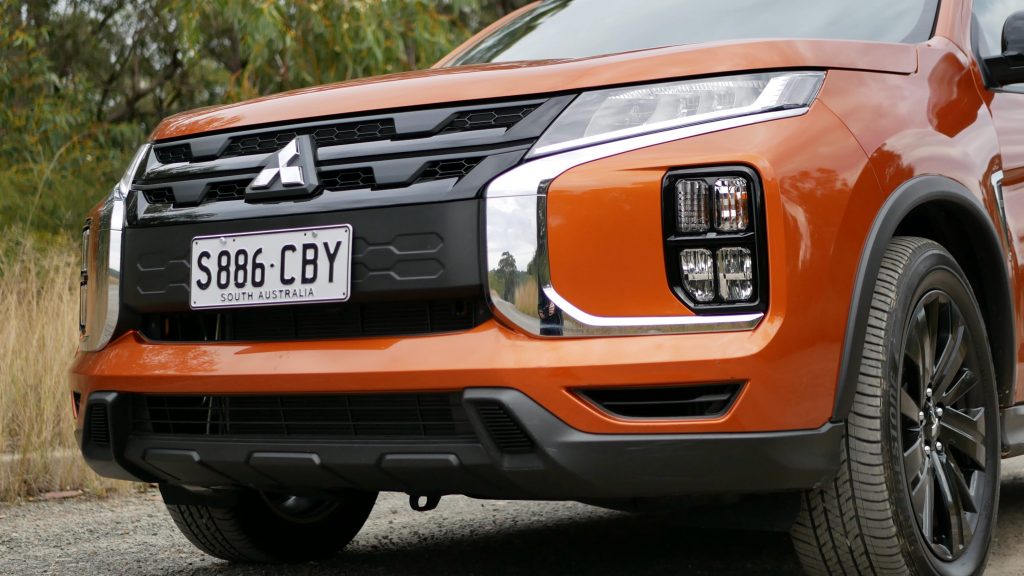
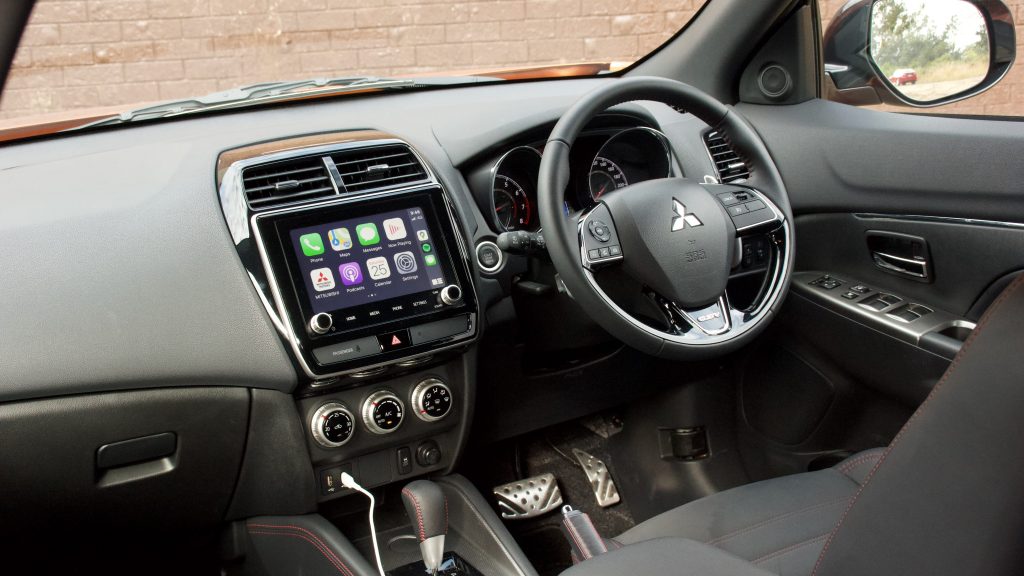
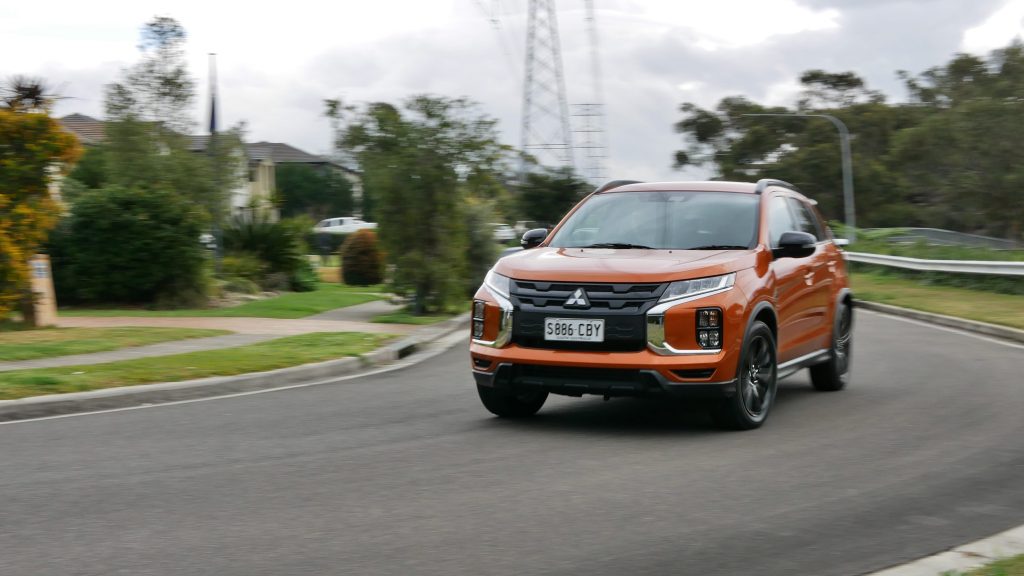
We tested the second-from-the-top ASX GSR, which is priced at $32,490 drive away. The GSR features a pretty strong level of kit including a larger 2.4-litre engine, paddle shifters, black exterior detailing including the wheels and badging, more safety kit including lane departure warning and blind-spot monitoring with rear cross-traffic alert, auto lights and wipers, auto high beam, LED front fog lights, roof rails, rear parking sensors, faux leather/suede upholstery and keyless entry and start.
The spec of the GSR is well finished, though it could have equipment like adaptive cruise control, an electric driver’s seat, heated mirrors and heated seats too to match some competitors.
The ASX GSR lines up against the Kia Seltos Sport+, which costs $1,500 more but includes standard equipment such as inbuilt satellite navigation, heated mirrors, adaptive cruise control, rear AEB, an electric parking brake and auto window defogging.
What does the step up to the ASX Exceed get you? A large panoramic glass roof, full leather upholstery with heated front seats, inbuilt satellite navigation with a speed limit display, a nine-speaker Rockford Fosgate sound system, an electric driver’s seat and unique 18-inch alloy wheels – not bad for $3,500, though starting to get expensive. We’d keep it to the GSR.
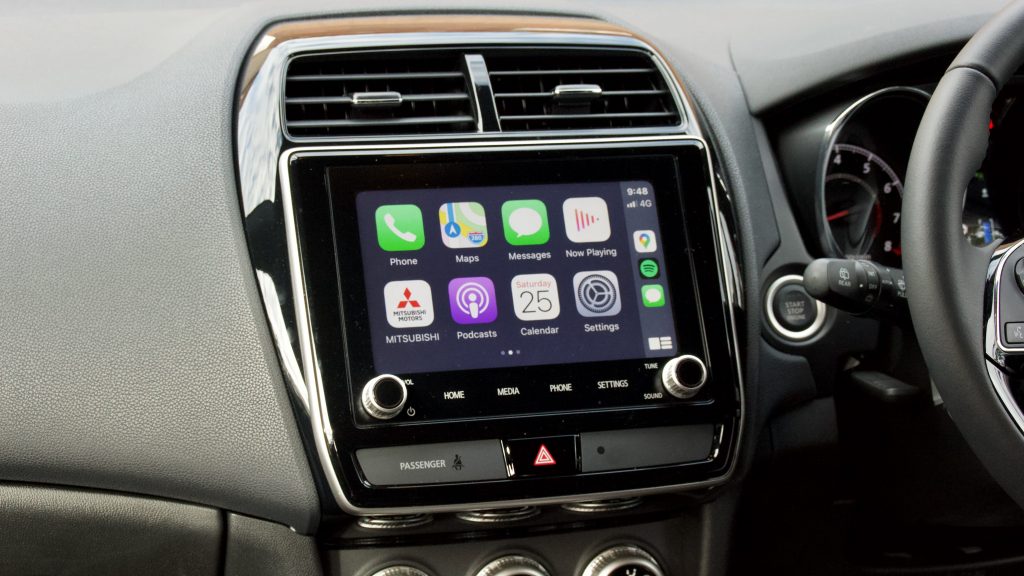
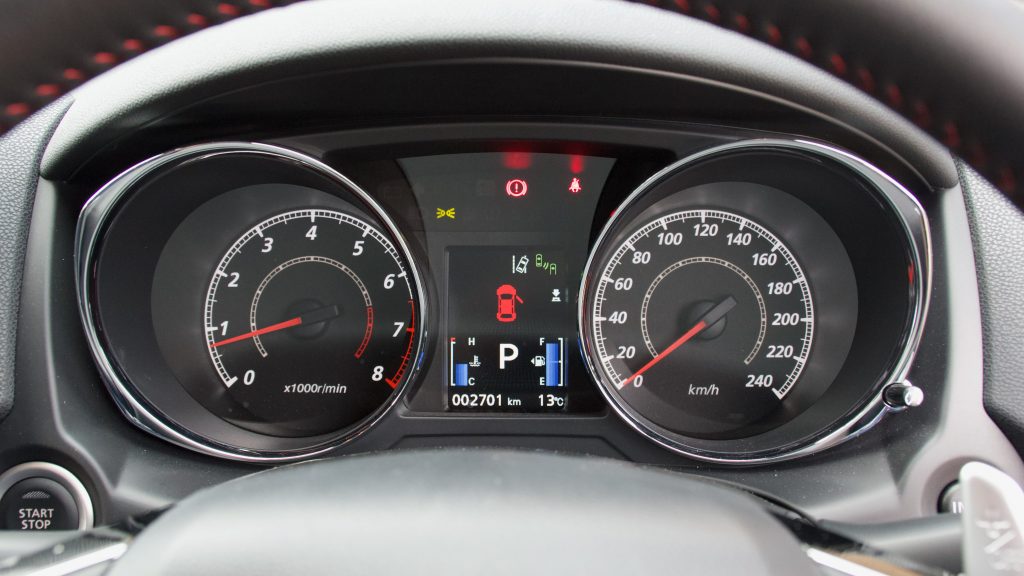
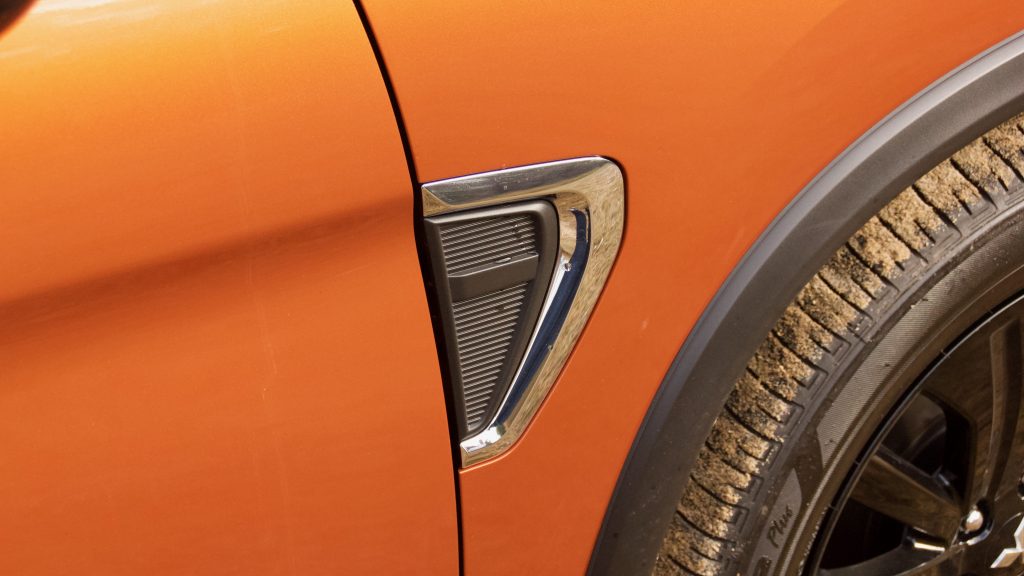
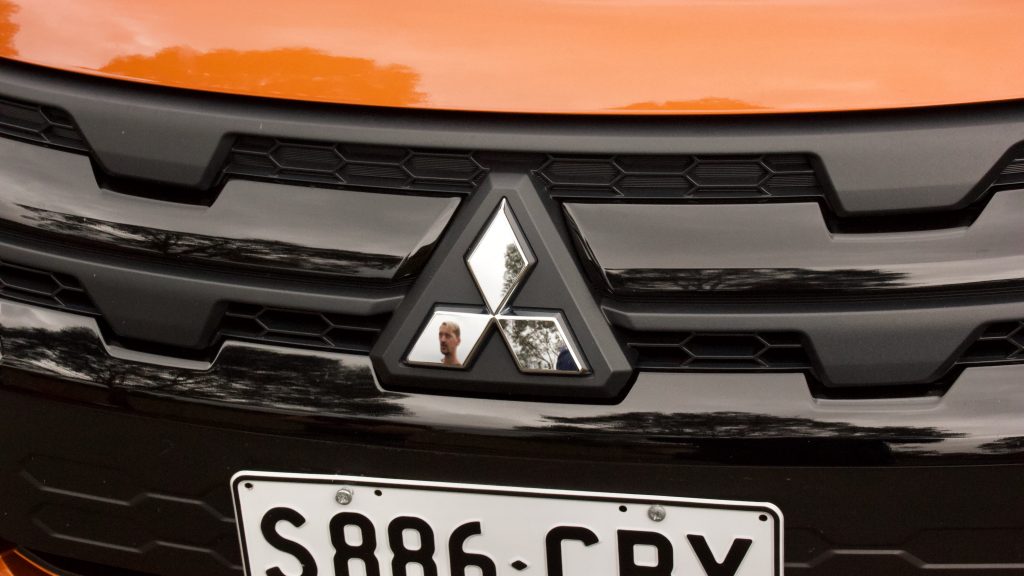
There are no options on the 2020 Mitsubishi ASX GSR aside from metallic paint and solid white is the only standard colour. Our car was painted in the bright ‘Sunshine Orange’, which we think looks great. This colour comes at a $740 premium, as does ‘Black Pearl’, ‘Lightning Blue’, ‘Titanium’, ‘Sterling Silver’ and ‘Starlight Pearl’. ‘Red Diamond’ is also available for $940.
Engine & Drive:
Most ASX models are equipped with a 110kW/197Nm 2.0-litre four-cylinder engine, however the GSR we tested comes with a larger 123kW/222Nm 2.4-litre unit. On paper this doesn’t sound like a huge jump in performance – especially compared with the 130kW/265Nm Kia Seltos 1.6L turbo – but it does feel punchier than the 2.0L ASX.
Like the ASX itself, the 2.4-litre engine is not a new unit – it’s been used in Mitsubishi products since the early 00s – but it does offer reasonable performance for the segment. It’s quite vocal though when accelerating hard (which is necessary to get the best out of the engine), and the CVT automatic is not as good as the newer equivalent in the Kia Seltos 2.0L – it doesn’t mimic gears and can feel unresponsive.
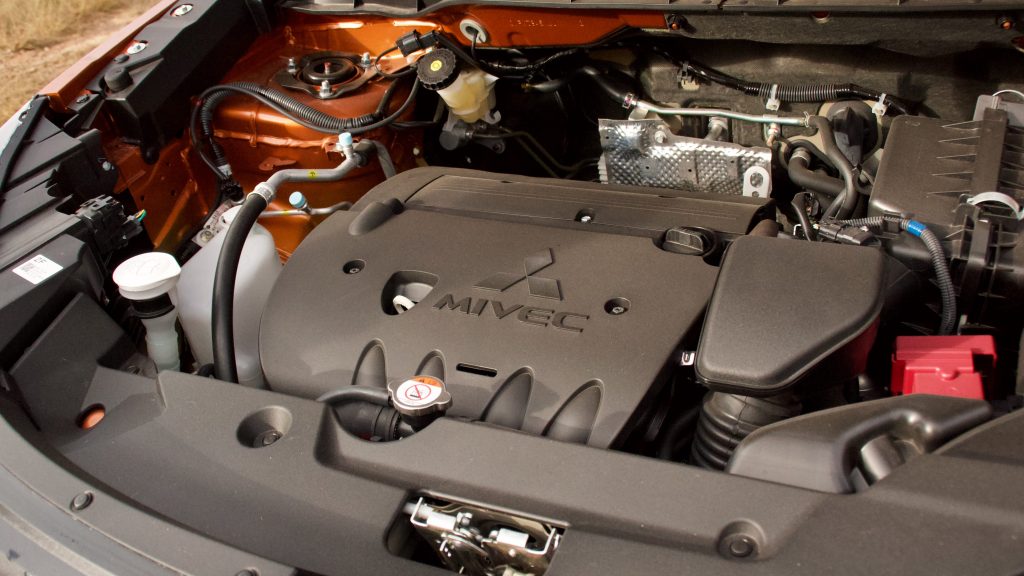
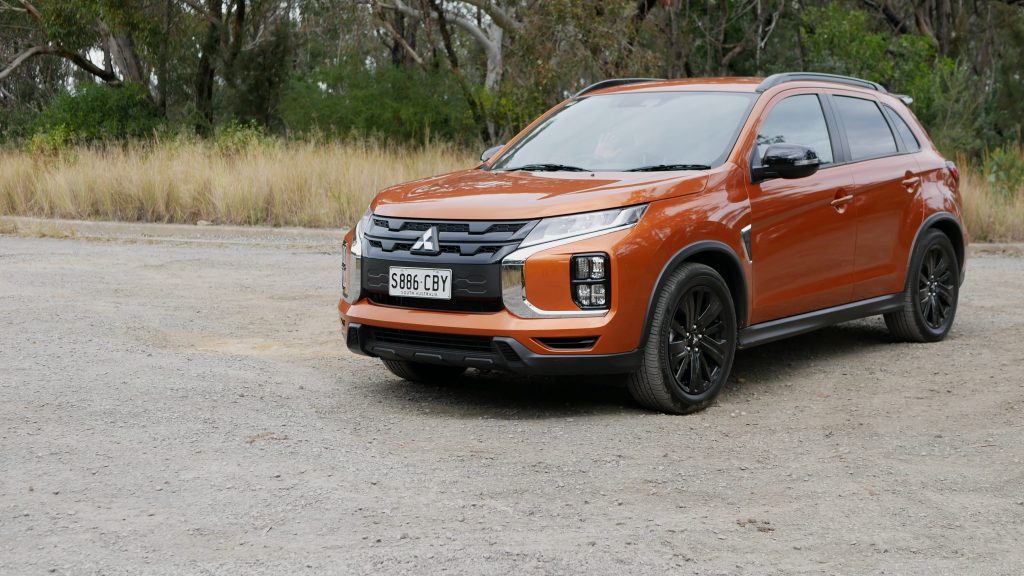
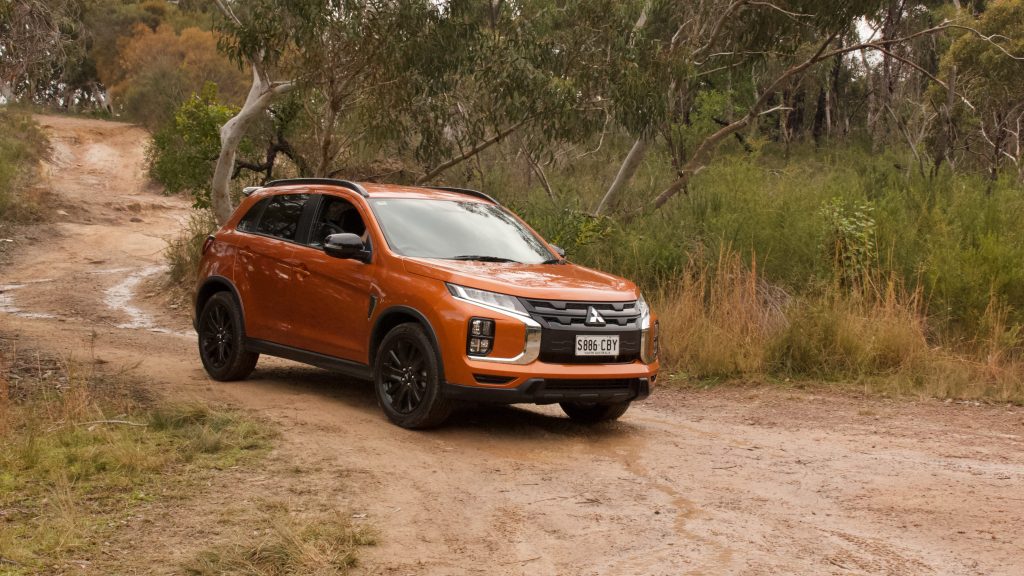
Mitsubishi claims 7.9L/100km on the combined fuel cycle, and although that’s a relatively high figure in the small SUV segment, we found it hard to achieve. We saw anything from 8-11L/100km with our week with the ASX – it’s hard to keep an eye on as the economy read out resets each trip. Helping the ASX’s range is a huge 63-litre fuel tank, though at one point of not even hard driving, we had a range of 310km from a full tank, which is poor.
Unfortunately, the diesel ASX is no longer offered – ditto the all-wheel drive option, which had great off-road capability for the segment – and the 1.5-litre turbo petrol engine in the Eclipse Cross does not yet feature under the bonnet of the ASX. The ASX would be not only more drivable with this engine, but it would also be more fuel efficient and emit less CO2 as well.
Ride & Handling:
Despite its age, the ASX drives relatively well. Perhaps because of the large 18-inch alloy wheels, the ride quality never seems to settle when on the move – be it at lower or higher speeds. Visibility is excellent though thanks to thin pillars and large mirrors, though road noise levels are high, especially at highway speeds.
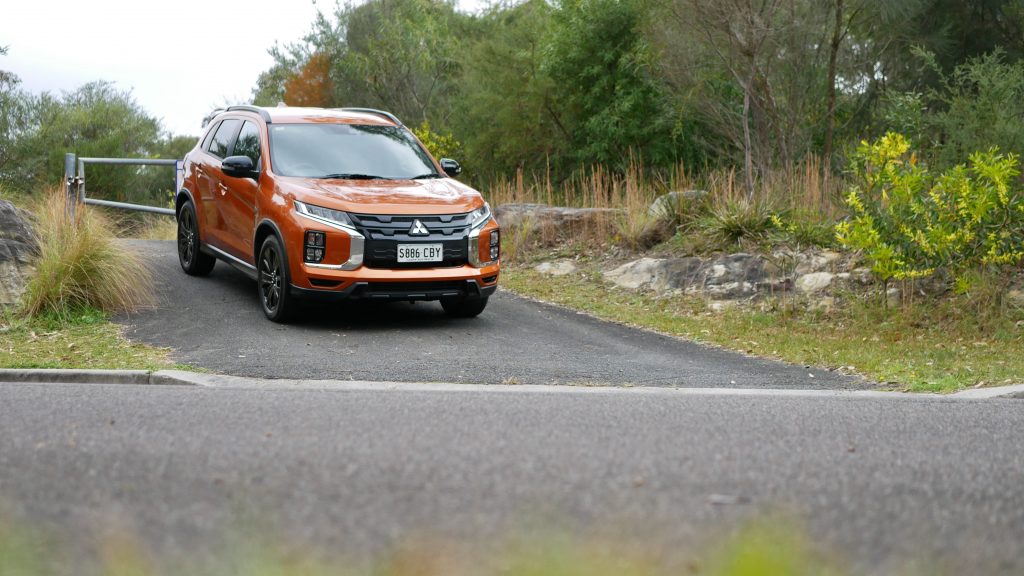
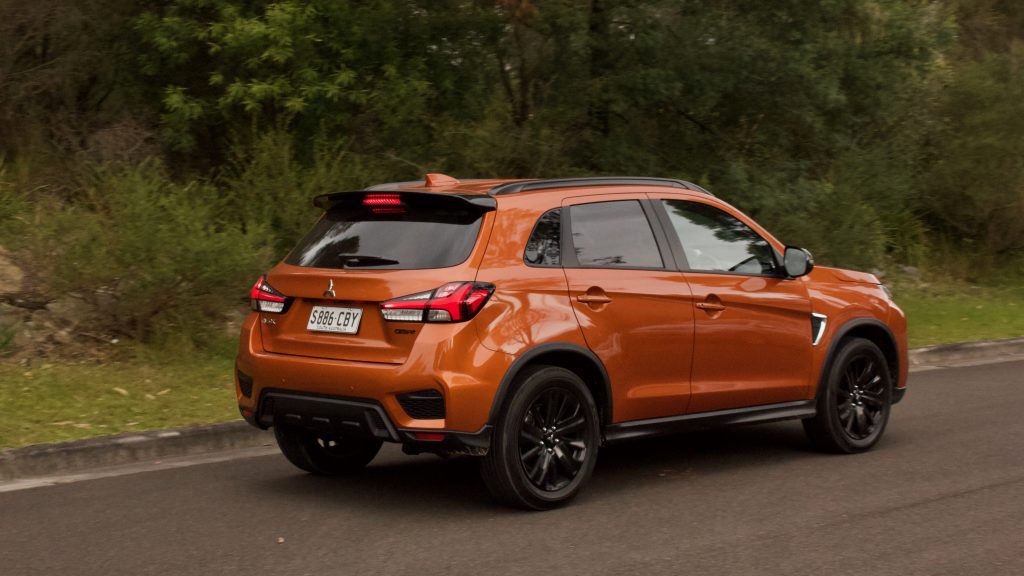
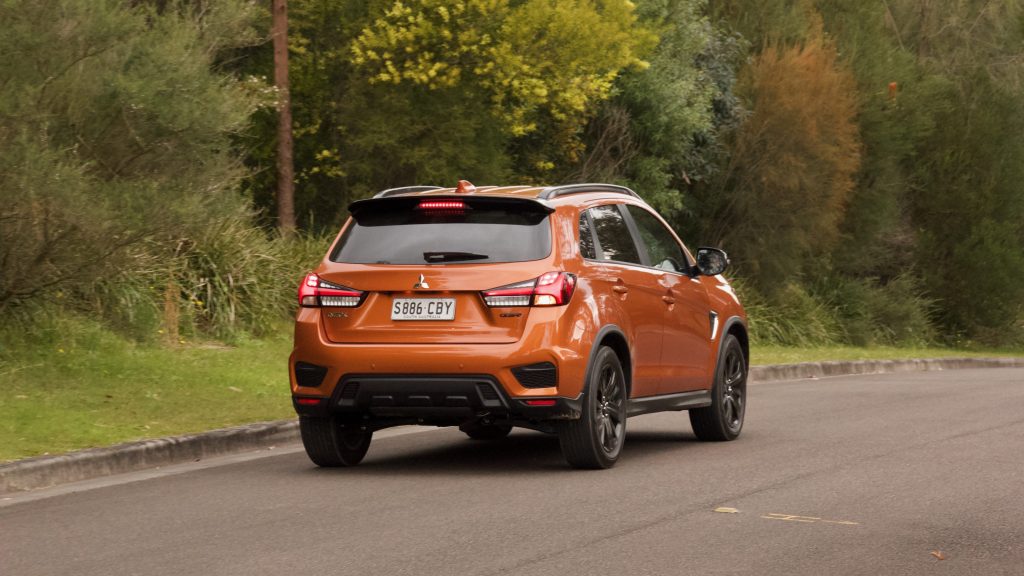
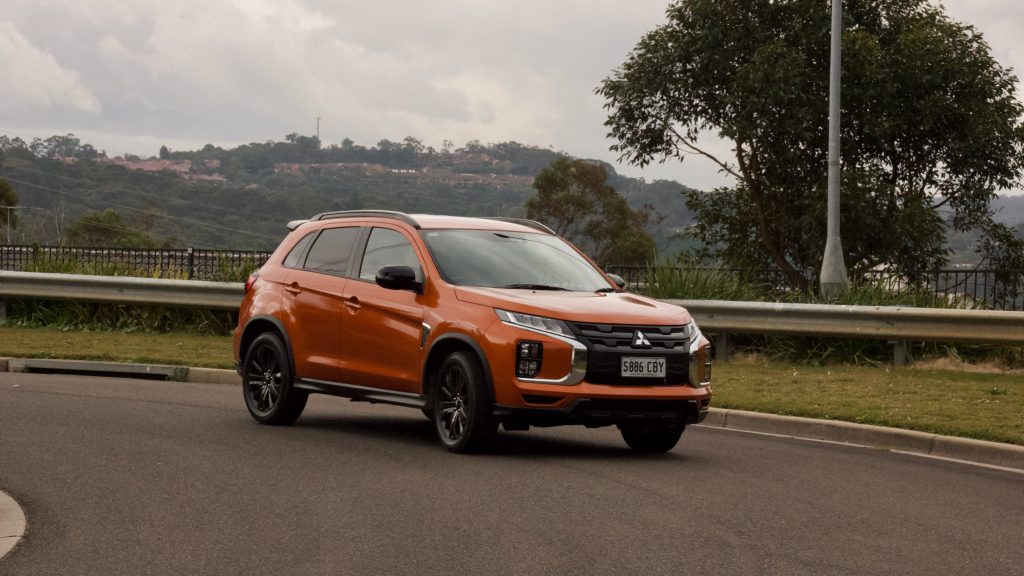
Despite vague and slow steering, the ASX handles relatively well, though it’s no sports car despite the sporty GSR badge. It rolls around in corners and thanks to little side bolstering in the seats, you do feel it. Thankfully, there’s lots of grip from the chassis and you do feel confident enough when driving it though a Kia Seltos feels more connected to the road. Despite sitting on the same platform, there’s no link to the Lancer Evo X when driving the ASX – a shame when we think an ASX Evolution would be a pretty cool thing.
Interior & Practicality:
Mitsubishi do a good job of keeping their cars relevant by adding features along the car’s lifecycle and the ASX is the perfect example of this. All models come with an 8.0-inch touch screen that features digital radio, Apple CarPlay and Android Auto – though not inbuilt satellite navigation, which you have to move up to the Exceed for. The screen itself is a bit basic in functionality but it’s quick, bright and does improve the look of the cabin.
Not so good however are the ASX’s gauges and trip computer. They haven’t changed since the ASX’s birth in 2010 and it shows as there’s no digital speedo, the trip computer is clunky and doesn’t offer the same functionality as the Kia Seltos, which displays the car’s tyre pressures and so on. At least the trip computer screen is colour, though its brightness doesn’t run on the same level as the main screen – driving in tunnels will dim the dials sometimes, but not the screen.
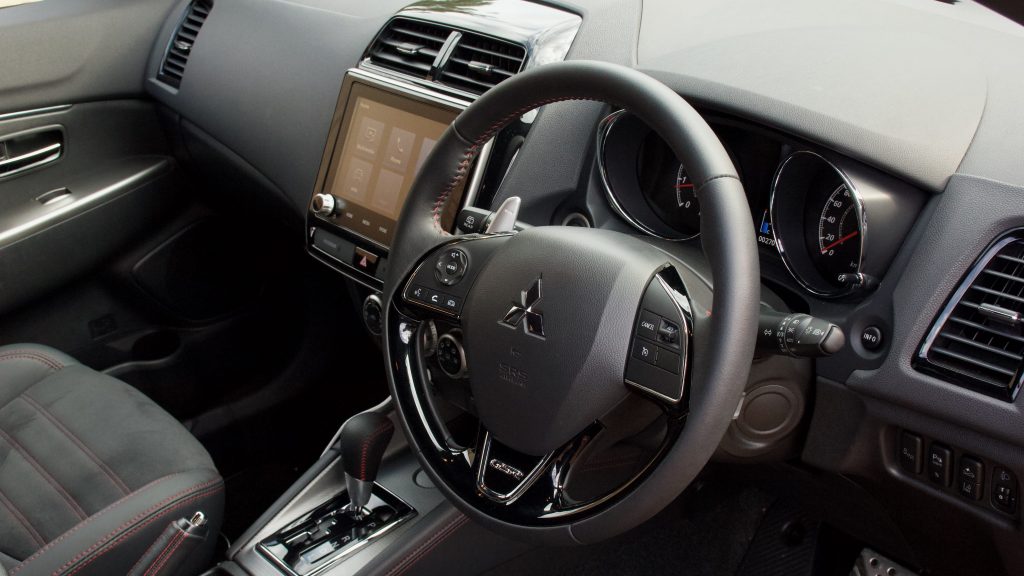
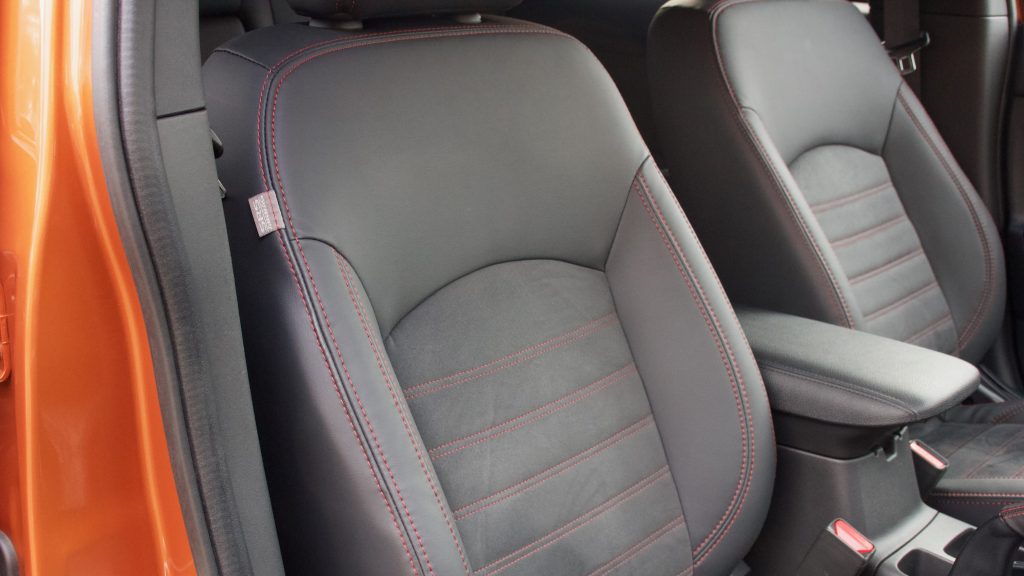
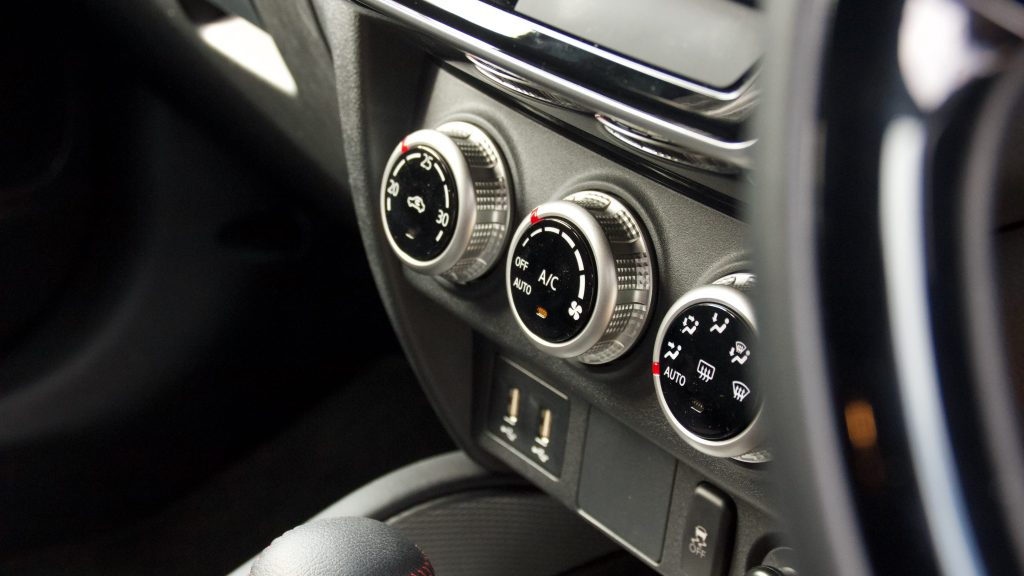
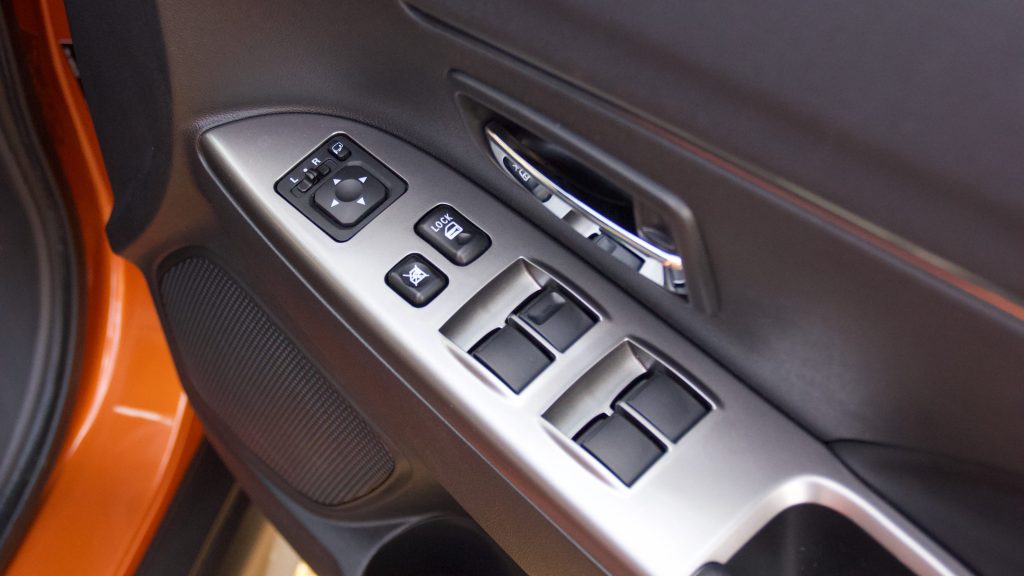
The seats in the ASX GSR have a nice mixture of faux leather and suede that feels nice to the touch, although the front seats lack vertical support and should offer more. The driving position of the ASX is a bit odd too because of a lack of adjustment in both the front seats and steering wheel. It’s also a shame that the driving position makes you feel as though you’re driving on top of the car, not it surrounding you, which can take some confidence from the driver.
The materials used in the 2020 Mitsubishi ASX GSRs cabin vary depending on where you look and touch. Parts of the door panels, dashboard and lower centre console where your knees rest are soft touch, but the rest is hard scratchy plastics. But considering it’s a 10-year old car, the ASX is surprisingly modern inside.
The rear seat room is average for the class with tight legroom but decent headroom – although like most cars in this class, the ASX misses out on rear air vents and charging points, which is annoying because the larger Outlander (which shares the ASX’s platform) received both of these features recently. Fingers crossed the ASX will also receive them, though thankfully it does have a rear centre armrest with cupholders.
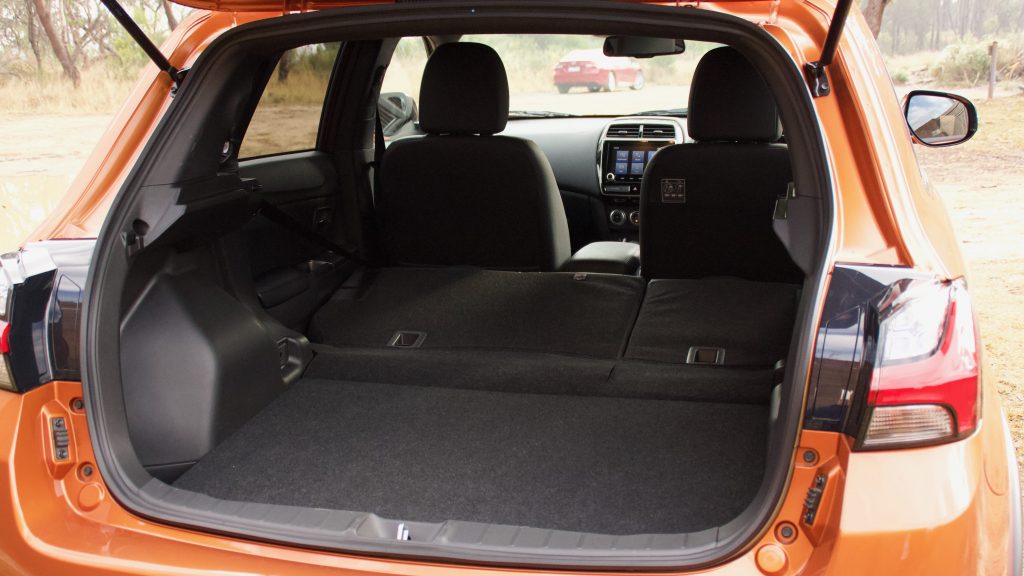
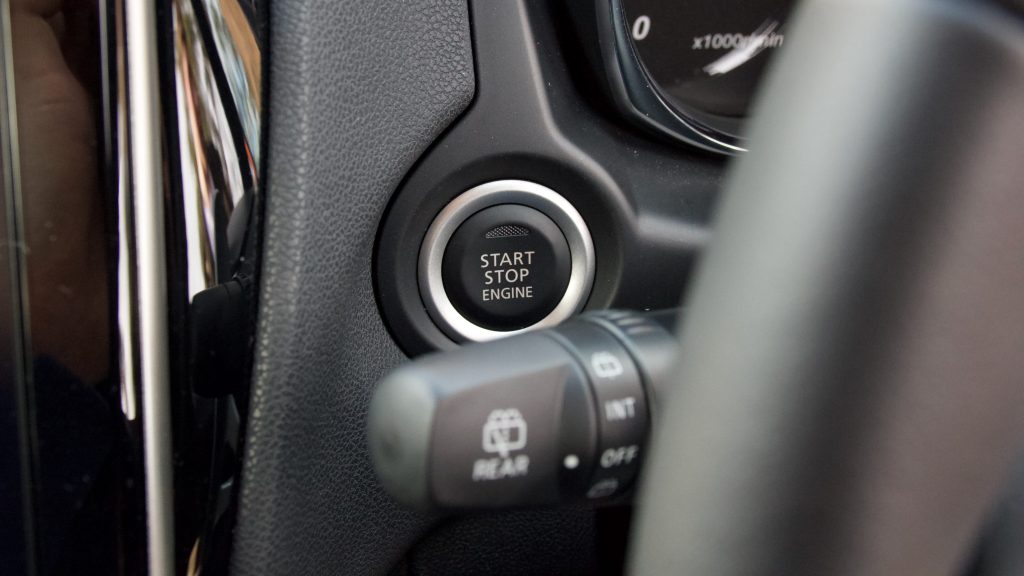
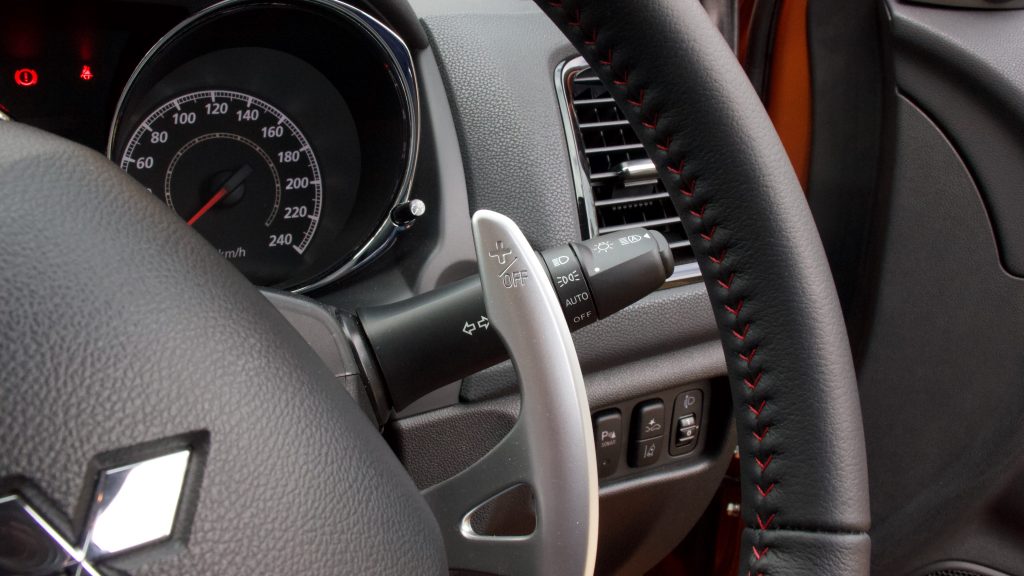
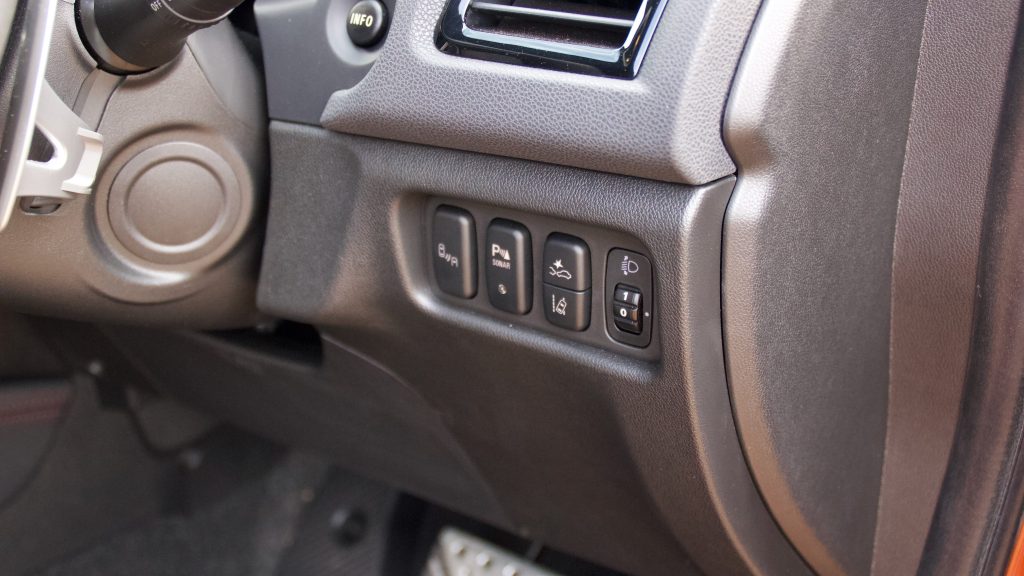
The 2020 Mitsubishi ASX features a 393-litre boot, which is marginally smaller on paper compared with the Kia Seltos (433-498L depending on model) and the Nissan Qashqai (430L). In real life however, it’s still quite a useable space as the opening is quite wide and once the rear seats are folded, it expands to 1,143L. There’s only one bag hook and no nets or any other features unfortunately, and a space saver spare lies underneath the boot floor.
Running Costs & Warranty:
The 2020 Mitsubishi ASX GSR comes with brand’s five-year/unlimited kilometre warranty with capped price servicing for the same amount of time. Once you purchase the vehicle you receive 12-months of roadside assistance and with every scheduled service through a Mitsubishi service centre you receive an additional 12-months, which is capped at five-years.
The 2020 Mitsubishi ASX requires servicing every 12-months or 15,000km. Every service with the capped price servicing comes in at $199, which means servicing the ASX costs $597 for the first three years. A Kia Seltos costs $1,037 over the same time period – almost double!
2020 Mitsubishi ASX GSR DiscoverAuto rating: 6.9/10
Bravo to Mitsubishi for keeping the ASX relatively competitive after all these years on sale. We think the facelift has made it much better to look at (especially at the front), and the interior is better than it’s ever been as well with a new touchscreen and updated materials for a more modern feel. Add to that solid ownership credentials and no doubt perfect reliability and the ASX is a good option for those on a budget.
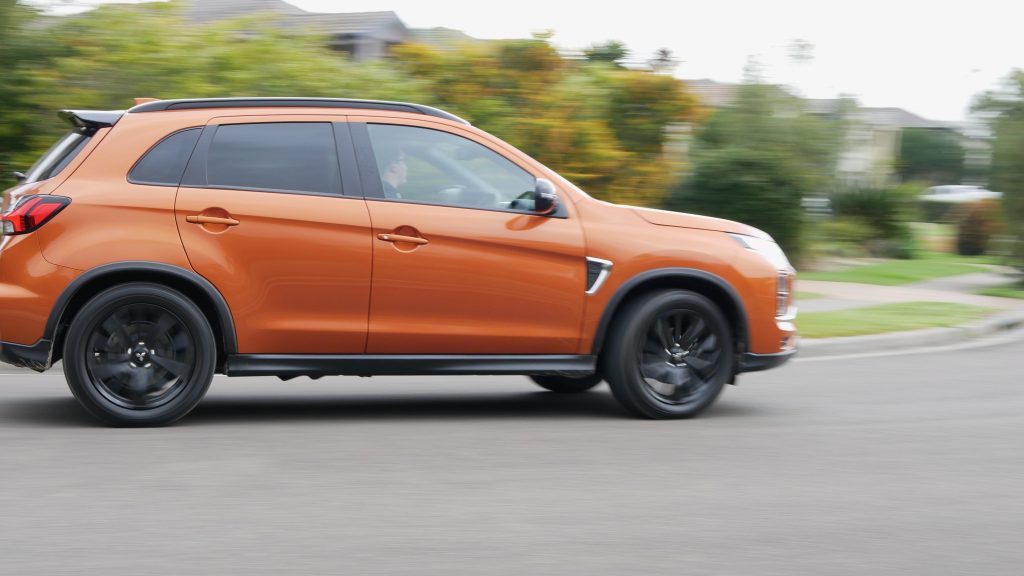
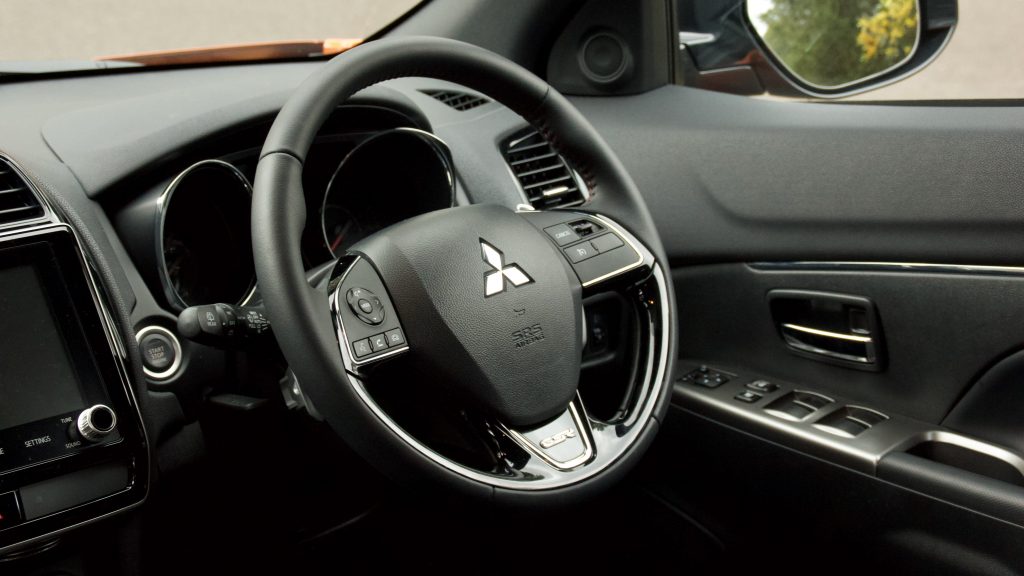
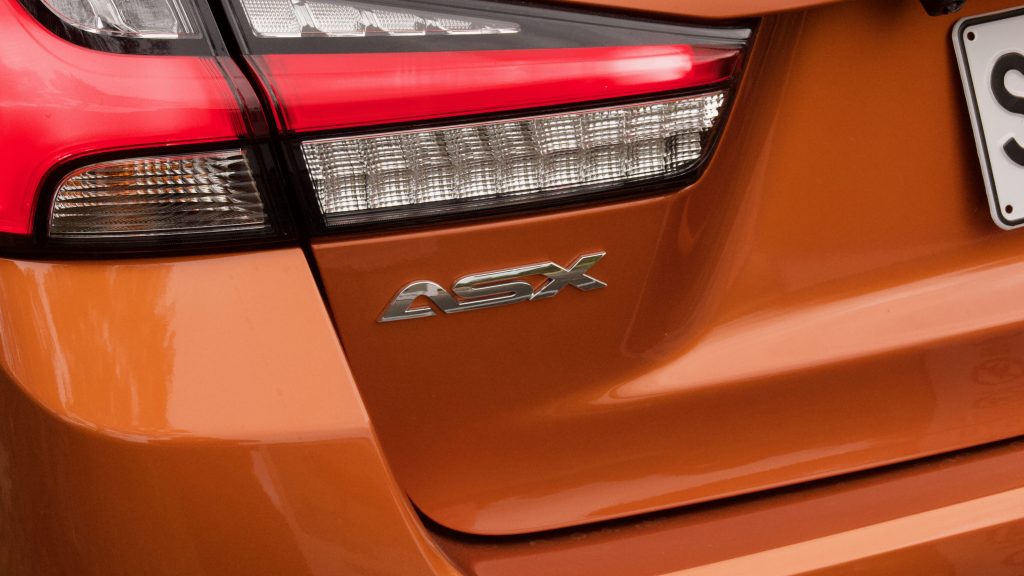
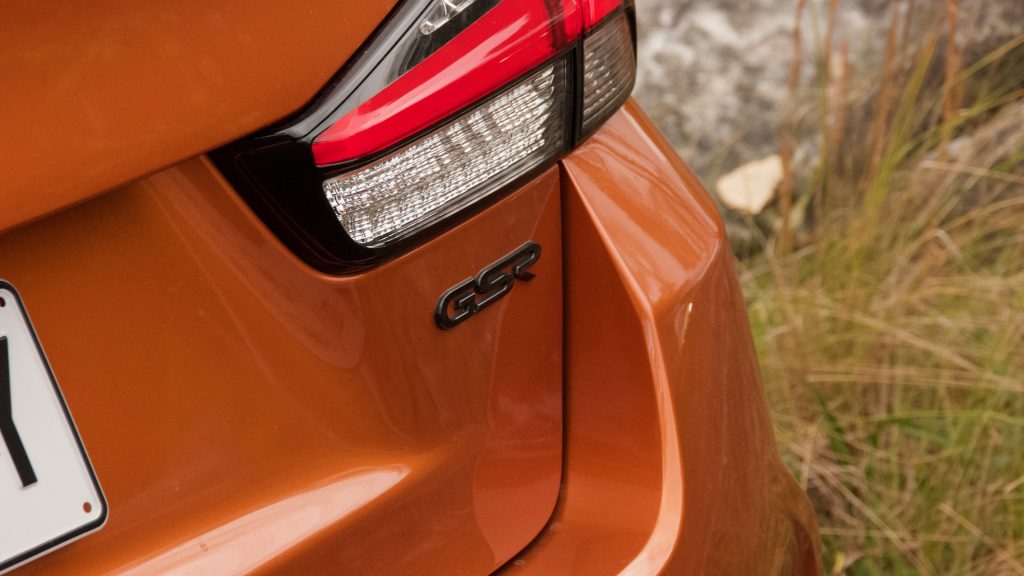
It’s not perfect however – the active safety equipment on offer could be better, it’s thirsty and the drivetrain is not the newest. But it’s not as though competitors are without fault either, and the ASX does start at a much lower price point too.
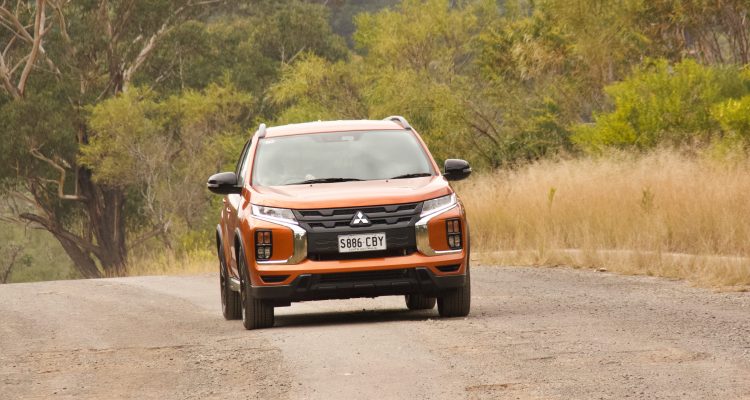
[…] – no, wedged – in between the huge-selling ASX and the larger Outlander, the Eclipse Cross was launched in 2017 as the more premium and slightly […]